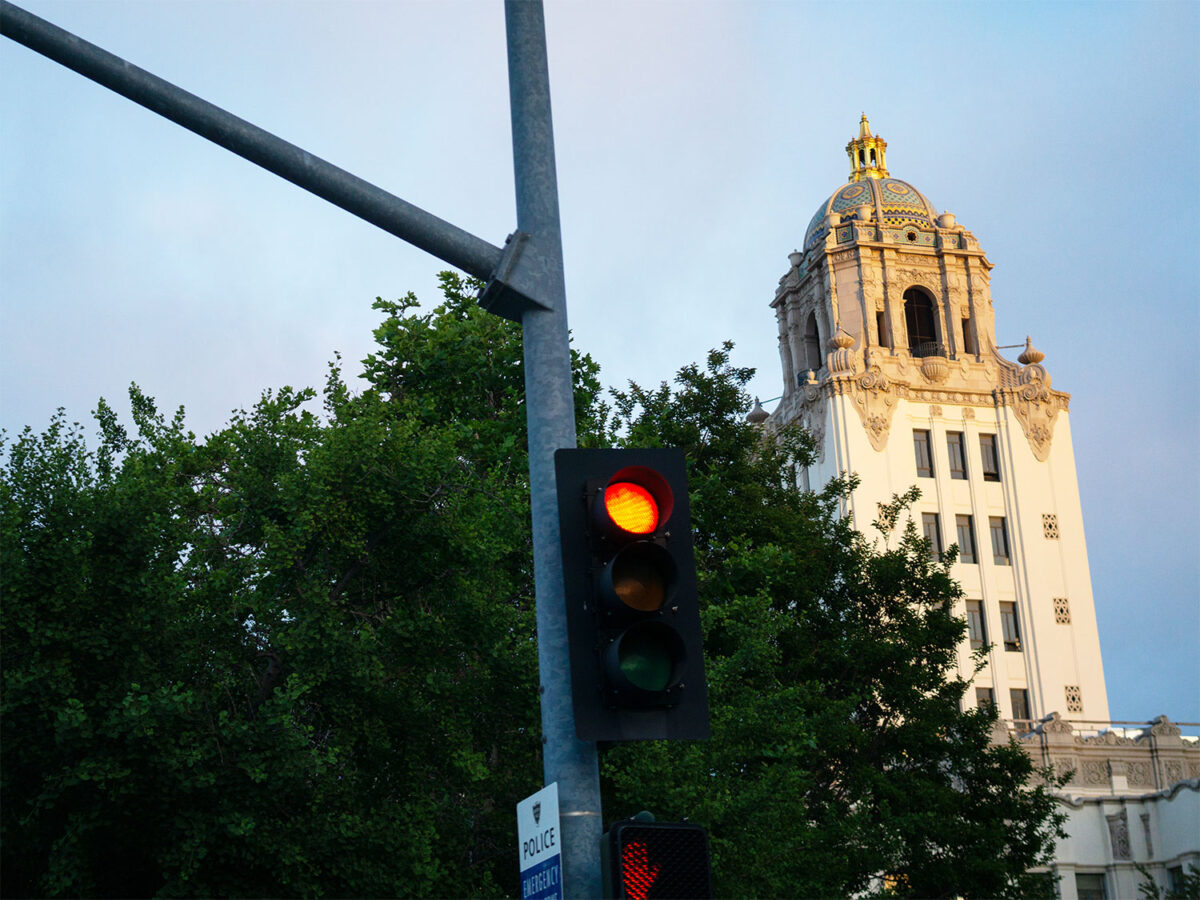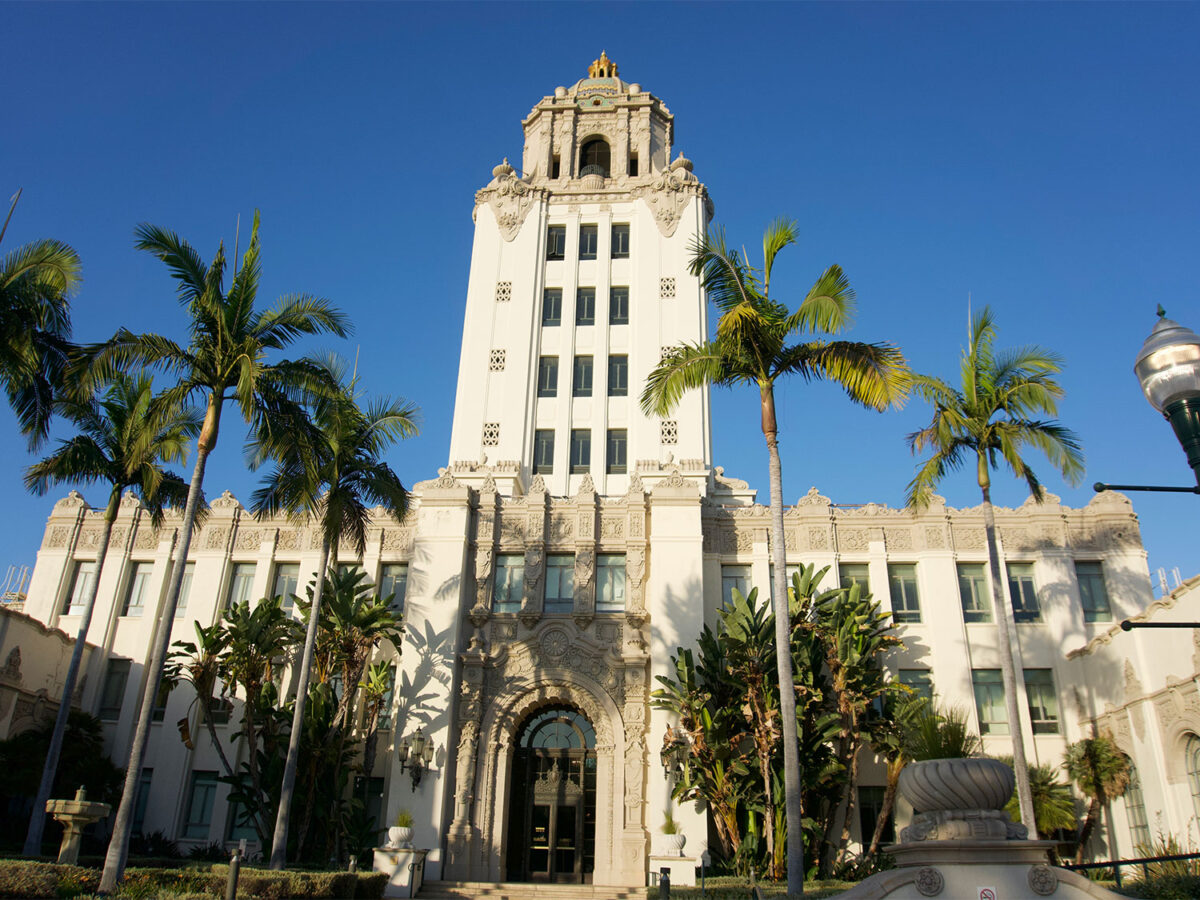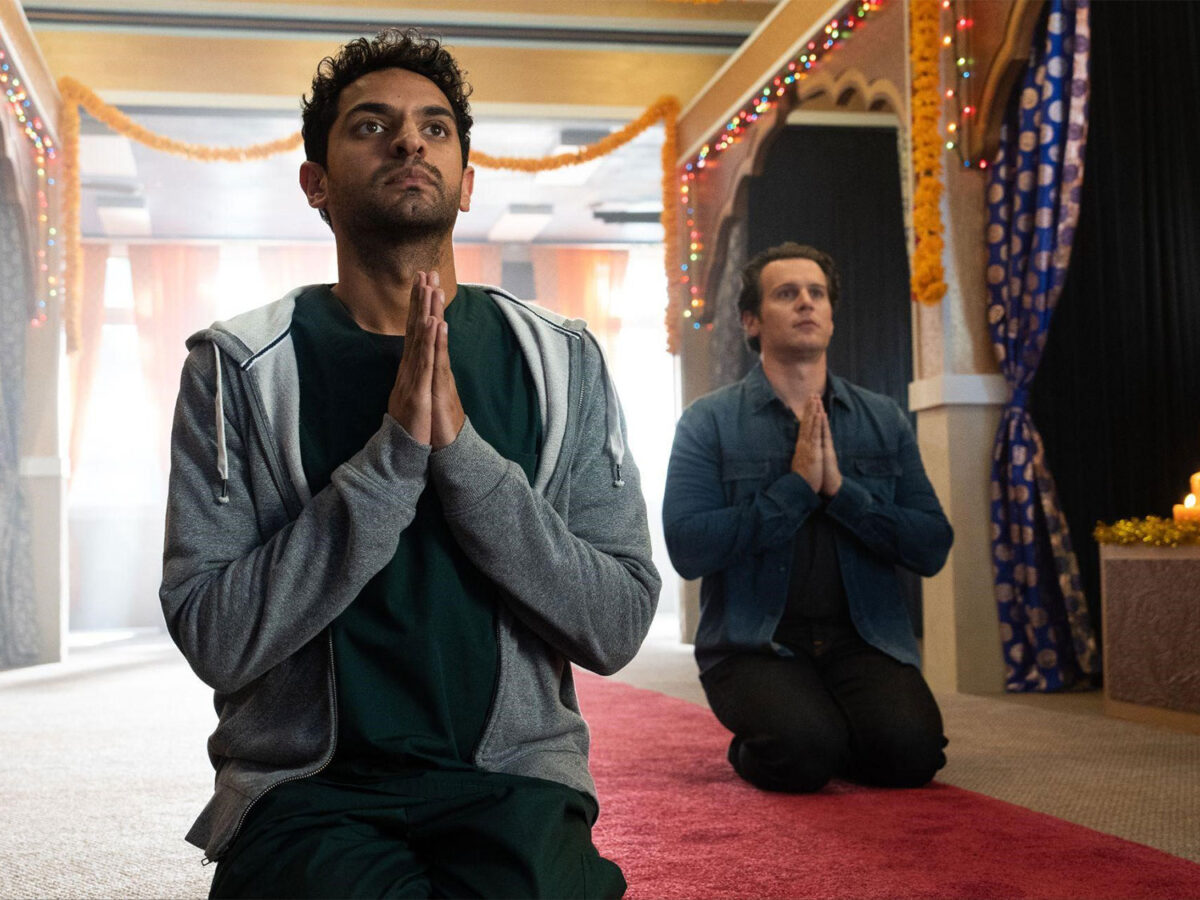“These violent delights have violent ends,” begins the classic Shakespeare play “Romeo & Juliet.” Over 400 years later, these same violent delights grace The Wallis stage in Beverly Hills in Benjamin Millepied’s rendition of “Romeo & Juliet” beginning on Oct.10 for four nights. The production’s long-anticipated L.A. premiere, which was delayed due to the pandemic, presents the piece as a sweeping queer love story with cinematic elements.
“Love is love. It shouldn’t matter who loves who and what gender it is,” explains Sebastien Marcovici, the company’s Associate Artistic Director, about the queer rendering of the show. He speaks from the L.A. Dance Project’s studio near downtown L.A. In the next room, dancers are rehearsing for an upcoming performance at The Getty.
A love story about forbidden attraction seemed like a fitting landscape to portray a tragic queer love. “The gay community exists. Why not incorporate it and show it in a story everyone knows?” says Marcovici. In this “Romeo & Juliet,” the iconic lovers will be played by a revolving cast of two same-sex couples and a heterosexual couple. Marcovici argues that this choice is not meant to be provocative; instead, it is intended to represent modern love stories. “It’s not new, especially in contemporary dance. It’s not the first time we see two men or two women dance together.”
Like classic literature, the story of “Romeo & Juliet” looms large in the consciousness of the ballet world and has since its original composition in 1935 by Sergei Prokofiev. Marcovici, who met Benjamin Millepied while dancing for the New York Ballet Company, has seen many reprisals of the ballet by companies worldwide and is excited to bring a fresh take to the story. Originating from France, Marcovici spent his dance career in the New York Ballet Company for two decades before joining Millepied as a rehearsal director at the L.A. Dance Project.
Cinematography also plays a refreshing and unexpected role in Millepied’s “Romeo & Juliet.” Millepied may be most known for choreographing Aronofsky’s 2010 unsettling film, “Black Swan,” but his interest in film extends far beyond that. The classic love story is revived with a Hollywood twist as a camera follows the dancers behind curtains into different settings—transporting audiences outside the theater for the famed balcony scene. Millepied and Marcovici have a longstanding admiration for the film, using the livestream to bring a multidimensional approach to a classic art form.
“It is shot very carefully so that we have a beautiful scene, beautiful shots like a movie. It was filmed as if it were a movie,” he says. Marcovici acknowledges that the marriage of dance and film is not a new tradition, especially in Hollywood. “In old Hollywood movies, there was a lot more dance. In some ways, it went away, but it’s always been there. I think there is an audienc for it.” Marcovici will operate the camera himself due to his extensive knowledge of the choreography, projecting it on the screen in real time for a mesmerizing presentation.
The show’s film aspect allows audiences not just to reimagine the tale of the star-crossed lovers—but also the theater-going experience. “I think what’s exciting is that the audience that comes to the theater will see the theater in a different way. First, we’re going to show them some backstage places that have never been before because of where the camera goes,” he explains. “Let’s bring the audience to watch dance closer, more intimately.”
The show has seen many iterations in Los Angeles over the years—a truncated version at Disney Concert Hall and one at the Hollywood Bowl scored by the L.A. Philharmonic. Marcovici notes that while the production has been very successful worldwide, producing the show in the company’s home city is always exciting. “I think the most exciting thing is to do it here and show it more easily to families and friends. Of course, the L.A. audience has seen a lot of our work, and we’ll finally show it here.”







